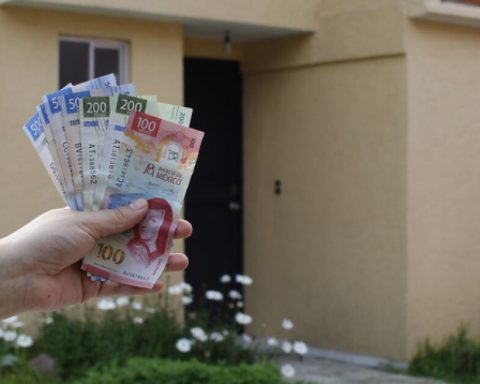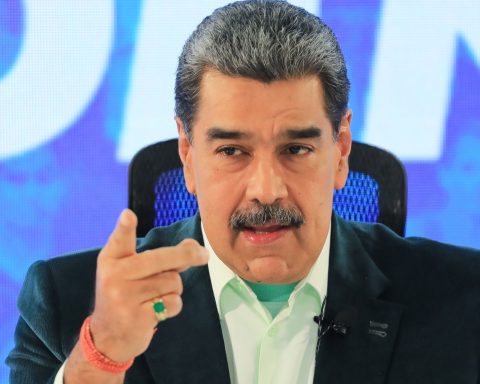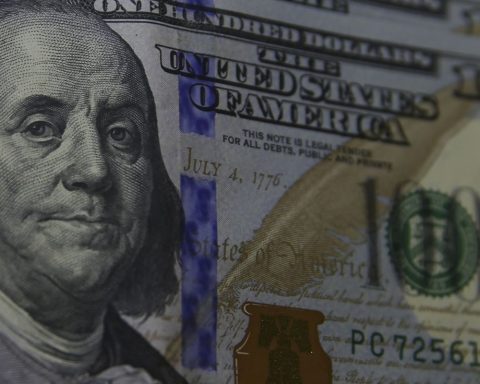The Canadian government warned Tuesday that will “answer” firmly while Mexican President Claudia Sheinbaum was cautious in pointing out that the decrees signed so far by Trump do not include tariffs.
“One has to be calm and cool-headed . (…) What President Donald Trump signed is that the treaty continues” and talks are being opened for a review already scheduled for 2026, said the leftist leader.
The tariffs violate the trade pact (T-MEC) that was reformed in 2020 at Trump’s demand. They also hit the Mexican economy squarely, which sends 83% of its exports to the United States.
“By placing tariffs on all products you violate the treaty and destroy the trust that the private sector has. That chills all investments,” Diego Marroquín, an international trade expert at the American analysis center Wilson Center, explained to AFP.
The punishment would be felt mainly in the Mexican automotive and electronic sectors, which allocate 50% of their production to the US market, says the British consulting firm Capital Economics.
The damage to the automotive industry, emblem of the USMCA that exported $36 billion to the United States in 2023, would be dramatic: it represents 5% of Mexican GDP and employs one million workers, the firm adds.
Automobiles and electronics also originate 30% of investment flows from the United States – the largest foreign investor in Mexico – and uncertainty could hit that source of capital.
Inflation and recession
The measures would also impact the pockets of Mexicans.
Oxford Economics estimates that the tariffs and the expected Mexican retaliation would weaken the local currency, also driving inflation to 6% annually from the current 4.2%.
If applied immediately, it could “push Mexico into a technical recession starting in the fourth quarter of 2025,” the firm adds.
In 2023, Mexican exports to the United States totaled 490,183 million dollars, while its imports reached 255,440 million, leaving a surplus of 234,743 million.
Based on these data, Trump assures that his country is “subsidized by Mexico.” But the business logic is more complex.
A good part of the goods purchased by the United States are inputs that companies from that same country manufacture in Mexico due to its lower labor and logistics costs, making the final product cheaper for Americans.
Because of this integration, a car assembled and sold in the United States has 25% Mexican components, according to data from the US Highway Administration Agency (NHTSA).
By taxing his largest global supplier, Trump would make his own market more expensive. “If you put tariffs on the country you buy the most from, then you have an inflation effect” in yours, explains Marroquín.
“Currency”
For Kenneth Smith, a former Mexican official who led the technical renegotiation of the USMCA, Trump’s reasoning attacks free trade.
“It threatens to carry out actions that could even cause damage to its own economy, but it does so with the aim of applying pressure and obtaining concessions,” he told AFP.
Smith emphasizes that tariffs are a tool for Trump to achieve results, whether in immigration or security. “We already know the dynamics of how he negotiates,” he says.
Thus, the most important card that Mexico has is the strong dependence that Washington will have on Sheinbaum to stop migration and drug trafficking, says Kimberley Sperrfechter, an economist at Capital Economics.
















